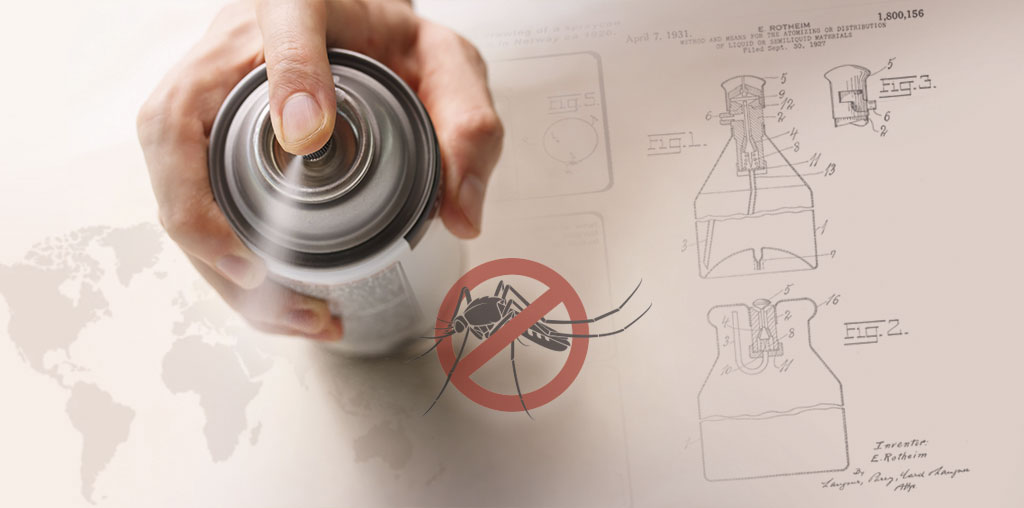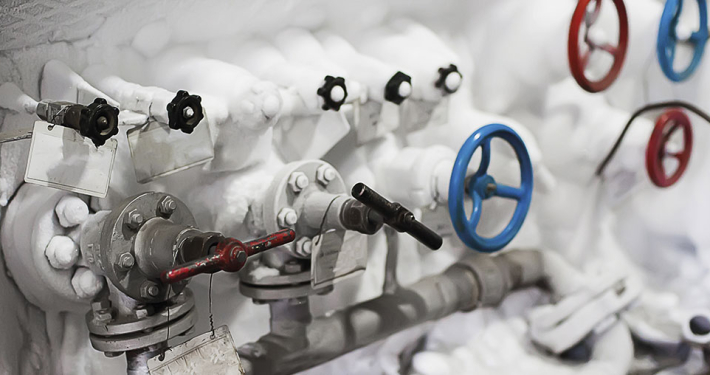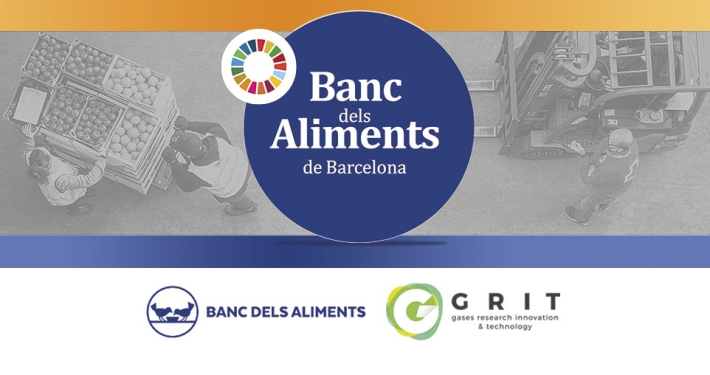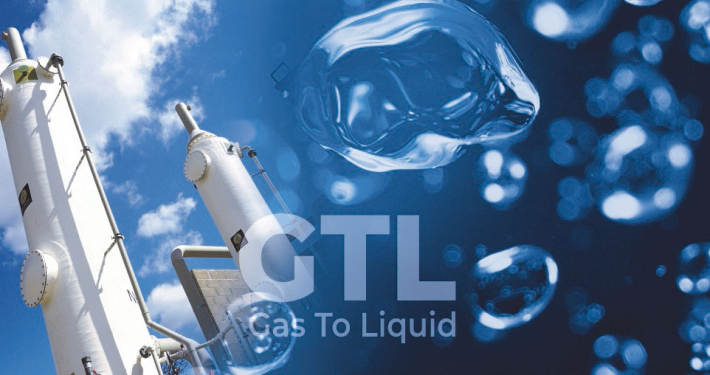Aerosol products: when technology improves quality of life
History
Since ancient times, ways have always been sought to “vaporize” an essence to spread it in an environment or on the skin.
For example, pump perfume dispensers were already widely used decades ago by our elders. But the pump has an important limit: it does not disperse the droplets evenly. With equal drops and directed to a specific point, it would have been useful to be able to spray other types of products with a complicated and laborious application.
The solution did not appear till 1926, when the Norwegian Eric Rotheim filed the first patent for an “aerosol dispenser” (commonly called “spray”).
Unfortunately, as has often happened in history, World War II is when men begin to find practical applications for this product.
American soldiers, in the Pacific, discovered that in addition to waging war against the Japanese they also had to fight against… Mosquitoes! At this time the first aerosol products, with an insecticidal function, make their appearance.
The practicality of the aerosol system achieves such success that, since the first post-war period, there are many products that begin to be sold with this form of packaging.
From those years everything is a proliferation of applications: insecticides, perfumes, deodorants, hair sprays (born in the 60s), shaving foam, cooking creams, paints, lubricants, polishes, pharmaceutical products, etc.
How it works
The container is metallic, well resistant, sealed and filled with a gas together with the product to be sprayed.
Above the container there is a valve that, under the action of the internal pressure of the container, acts as a lid to the container, with a perfect seal, at least until you press the valve with a finger, thus allowing the product to come out in a controlled manner. .
Below the valve a tube is connected that reaches the bottom of the container. The product to be sprayed (usually a liquid or foam) is at the bottom of the container, while the pressurized gas is placed in layers at the top.
By opening the valve, the gas “pushes” the product into the tube and towards the outlet valve.
The valve is designed to spread the product evenly and perfectly mixed with air in the form of an aerosol.
Depending on how the valve is designed, you can get a shorter or longer spray, a foam or a cloud, large or very fine droplets.
So far its functoning and applications, but this product has a main disadvantage: the pressure of the container. Today’s containers are built with very broad safety criteria, but it is still necessary to avoid subjecting the container to temperatures above 50°C.
Sustainability
In the past, an apparently very advantageous propellant gas had been found, because as it was non-flammable it greatly reduced the risk of the overall use of the product. Later on it was discovered that it harmed the environment, and its use was eliminated.
They are the so-called CFCs (harmful to the ozone in the upper parts of the atmosphere) that have been banned for a long time throughout Europe.
The problem has been so perceived by the public opinion that many people, even today, mistakenly think that aerosol products are harmful to ozone. Instead, aerosol products have replaced this harmful propellant since the early 1990s.
Finally, and related to the circular economy of the product, once the content is finished, the aerosol packaging is perfect and completely recyclable.
■ Communication Team















